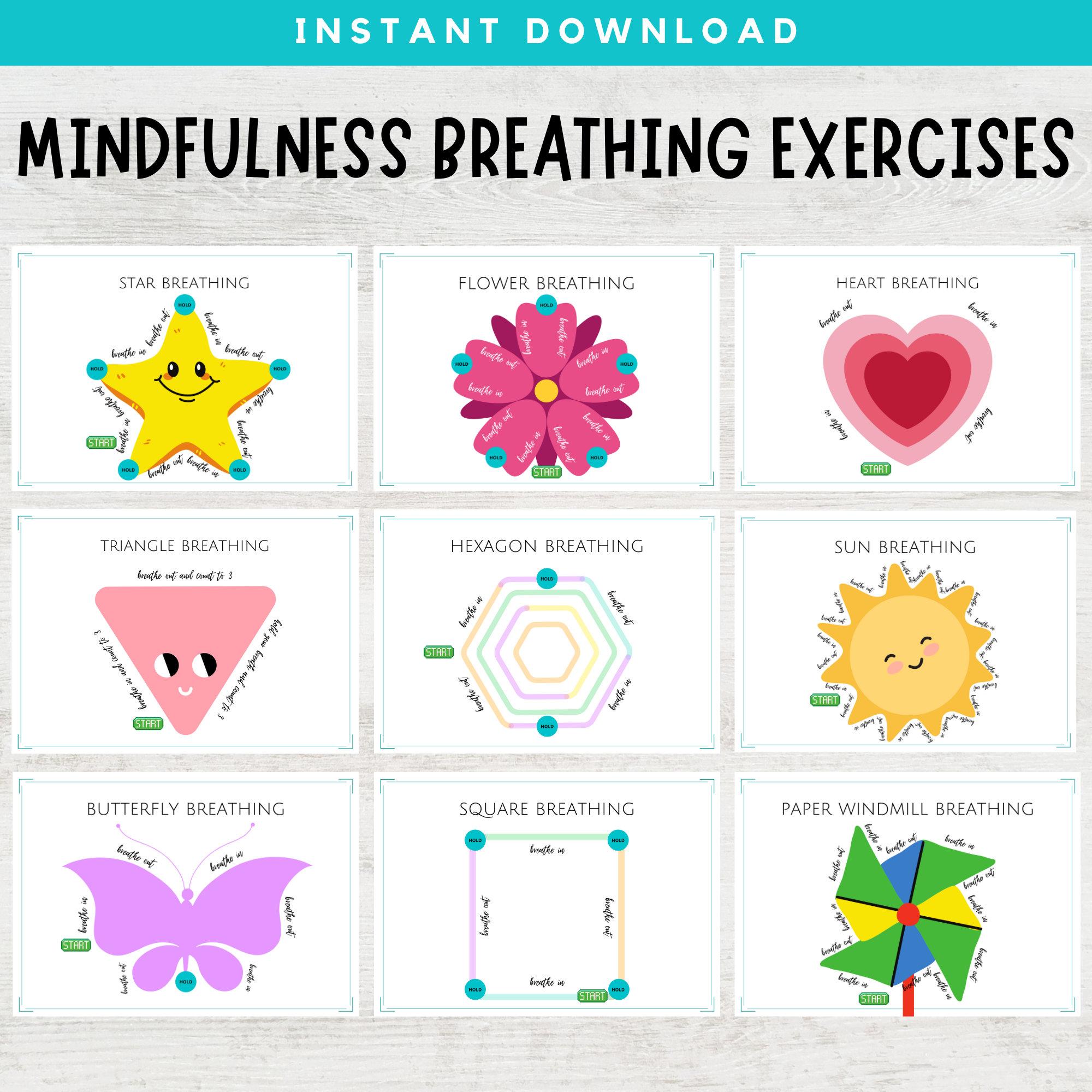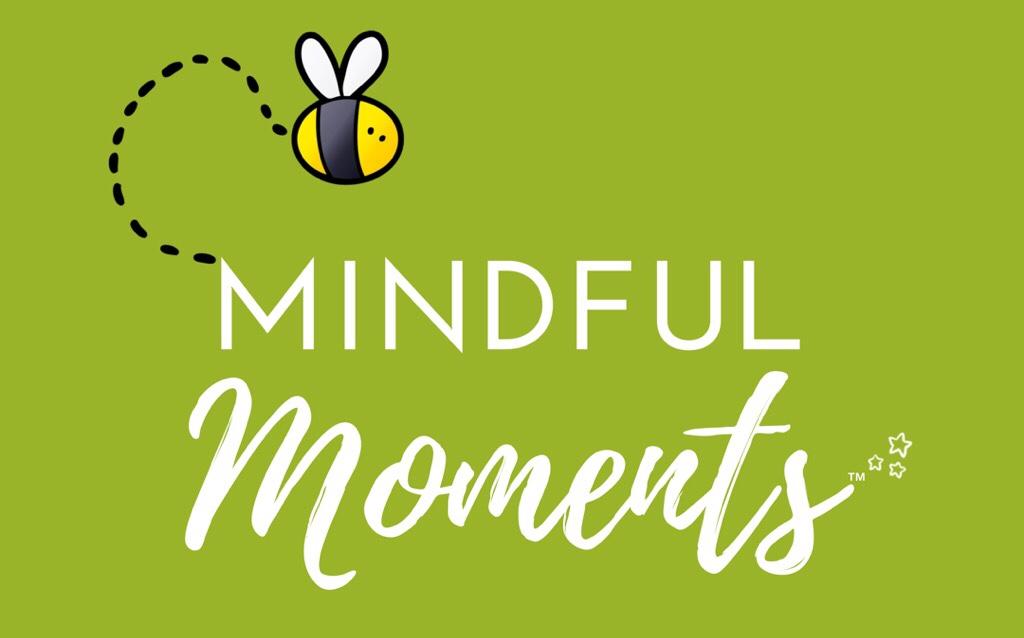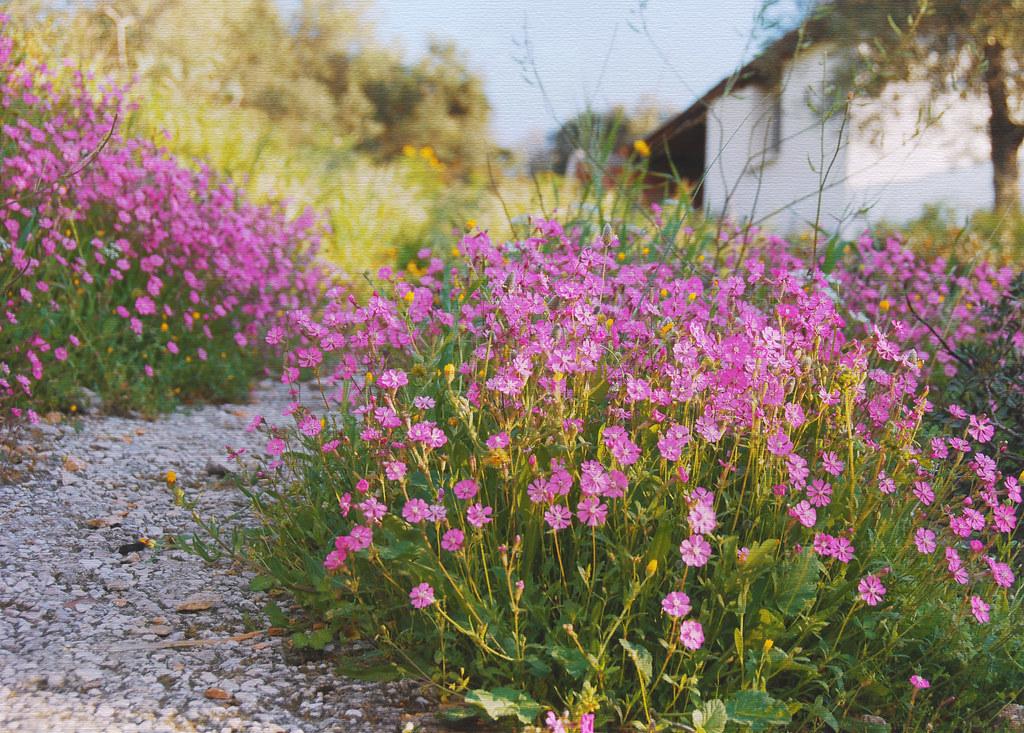In today’s fast-paced world, where distractions are just a click away and stress levels seem perpetually high, finding moments of peace and clarity can feel like an elusive goal. Yet, amidst the chaos, practicing mindfulness offers a beacon of calm and presence. This article is designed to guide you gently into the practice of mindfulness with a collection of quick, practical tips that can be seamlessly integrated into your daily routine. Whether you’re a busy professional, a parent juggling countless responsibilities, or simply someone seeking a more centered life, these mindfulness strategies are tailored to fit into your schedule and help you cultivate a sense of tranquility and focus. Embrace this journey with an open heart, knowing that each small step you take can lead to profound changes in your overall well-being.
Cultivating Awareness Through Simple Breathing Exercises
In the whirlwind of daily life, finding moments of calm can feel like a distant dream. Yet, with the simple act of breathing, we can cultivate a profound sense of awareness and tranquility. Breathing exercises are not only accessible but also incredibly effective in grounding ourselves. Here are some ways you can integrate them into your daily routine:
- Mindful Breathing: Take a few moments each day to focus solely on your breath. Inhale deeply through your nose, hold for a moment, and exhale slowly through your mouth. This simple practice can be done anywhere and helps center your thoughts.
- 4-7-8 Technique: Inhale quietly through your nose for a count of four, hold your breath for a count of seven, and exhale completely through your mouth for a count of eight. This exercise promotes relaxation and can be particularly beneficial before bedtime.
- Alternate Nostril Breathing: Place your right thumb over your right nostril and inhale deeply through your left nostril. At the peak of your inhalation, close off your left nostril with your ring finger, then exhale through your right nostril. This technique helps balance and harmonize your mind.
| Technique | Duration | Benefits |
|---|---|---|
| Mindful Breathing | 5 minutes | Reduces stress, improves focus |
| 4-7-8 Technique | 2-3 minutes | Promotes relaxation, aids sleep |
| Alternate Nostril Breathing | 3-5 minutes | Balances mind, increases energy |
Remember, the key to these exercises is consistency. Regular practice can transform your mental landscape, offering you a peaceful refuge amidst the chaos. Each breath is an opportunity to reconnect with yourself, fostering a mindful presence that can ripple through every aspect of your life.

Incorporating Mindful Moments into Your Daily Routine
In today’s fast-paced world, finding moments of peace and presence can be a challenge. Yet, incorporating mindful practices into your daily routine doesn’t have to be daunting. Here are some simple yet effective ways to weave mindfulness into your day:
- Start with your breath: Take a few minutes each morning to focus on your breathing. Inhale deeply through your nose, hold for a few seconds, and exhale slowly through your mouth. This small practice can set a calming tone for your day.
- Mindful eating: Turn off distractions and savor each bite during meals. Pay attention to the flavors, textures, and aromas. This not only enhances your enjoyment of food but also helps in better digestion and satisfaction.
- Pause and reset: Set a timer on your phone for hourly reminders to pause, take a deep breath, and check in with yourself. Use these moments to reset your focus and release any tension.
| Mindful Activity | Time Required |
|---|---|
| Morning Breathing | 5 minutes |
| Mindful Eating | 15 minutes |
| Hourly Pause | 1 minute |
Remember, the goal is to create a sustainable practice that fits seamlessly into your life. By dedicating even small amounts of time to mindfulness, you can cultivate a more centered and balanced mindset.

Harnessing the Power of Gratitude for a Positive Mindset
Embracing gratitude is a powerful way to cultivate a positive mindset. By focusing on what we’re thankful for, we can transform our outlook and enhance our well-being. Here are some practical tips to incorporate gratitude into your daily mindfulness practice:
- Start a Gratitude Journal: Dedicate a few minutes each day to jot down three things you’re grateful for. This simple act can shift your focus from what’s lacking to what’s abundant in your life.
- Practice Mindful Gratitude Meditation: Set aside time to sit quietly and reflect on the people, experiences, and things that bring joy and contentment. Allow yourself to fully experience the feelings of gratitude.
- Express Gratitude to Others: Take a moment to thank someone who has positively impacted your life. A heartfelt message or a simple ‘thank you’ can strengthen relationships and spread positivity.
Here’s a quick comparison of different ways to practice gratitude:
| Method | Time Required | Benefits |
|---|---|---|
| Gratitude Journal | 5 minutes/day | Increases self-awareness, boosts mood |
| Gratitude Meditation | 10-15 minutes/session | Enhances focus, reduces stress |
| Expressing Gratitude | Varies | Strengthens relationships, fosters empathy |
By integrating these gratitude practices into your daily routine, you can gradually build a more positive and resilient mindset, paving the way for a more fulfilling life.

Creating a Personal Sanctuary for Mindful Reflection
In the hustle and bustle of daily life, carving out a personal space for mindfulness can be transformative. This sacred space doesn’t require an entire room; it could be a cozy corner by the window or a small nook in your garden. The key is to make it a place where you can unwind and reconnect with yourself.
- Choose Your Spot: Select a quiet area that naturally feels calming. It could be anywhere you feel most at peace.
- Declutter: Keep this space free from distractions. A clean environment helps in decluttering the mind too.
- Incorporate Nature: Add elements like plants, stones, or a small water fountain to bring in the soothing vibes of nature.
Consider using sensory elements to enhance your sanctuary. Aromatherapy with essential oils such as lavender or eucalyptus can create a calming atmosphere. Soft lighting, like fairy lights or candles, can also add warmth and tranquility.
| Element | Benefit |
|---|---|
| Plants | Improve air quality and reduce stress |
| Candles | Provide soft, calming light |
| Essential Oils | Enhance mood and relaxation |








































